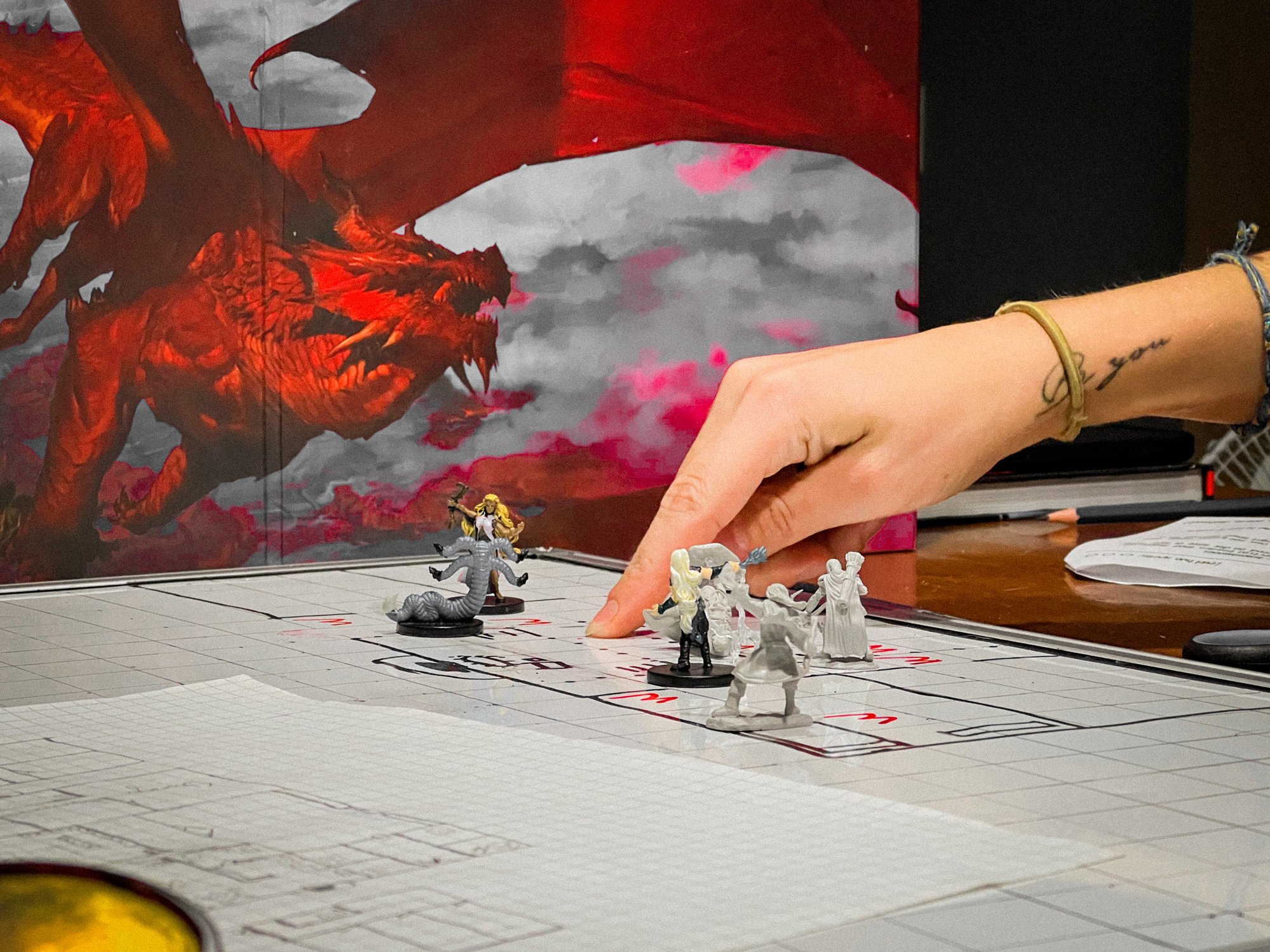If you're looking for high-yielding dividend stocks right now, you don't exactly have many choices. In fact, less than a quarter of the members of the S&P 500 carry a yield above 3%. And the pickings are slimmer still in the consumer goods sector. My screen returned a total of just 16 such stocks (thanks a lot, bull market).
Toy and game maker Hasbro (HAS 0.09%) is one of those few high-yielders with a straightforward, easy-to-understand business. Yes, the stock isn't a "dividend aristocrat," which means that it can't claim an unbroken streak of 25 years of payout increases. But for the reasons outlined below, I think Hasbro is still a top dividend stock for income investors to consider adding to their watchlist.
Strong payout growth
The company's quarterly dividend has grown from just $0.06 per share 10 years ago to its current $0.43 payout. That works out to an impressive 22% compound annual growth rate. And aside from the Great Recession year of 2009, Hasbro has boosted its dividend in each of the last 11 years. As you can see, the company also made up for 2009's pause with a streak of major payout hikes over the following three years.

Source: Hasbro's investor presentation
Hasbro's management clearly aims to keep its dividend growth strong, and investors have seen that promise at work even through one of the toughest retailing environments in decades.
Of course, a dividend is only as good as the business behind it. Thankfully, Hasbro controls a deep portfolio of toys and games that has plenty of flexibility built into it. The company gets almost half of its revenue from a stable of seven core franchises. These include blockbusters like Monopoly, My Little Pony, and Nerf. But Hasbro also has a group of what management calls its "challenger brands," which have the potential to grow into major franchises over time. They include names that you might have heard, like Furby and Playskool.

Hasbro's product ecosystem. Source: Investor presentation
Last quarter's results showed how this diversified portfolio can insulate the business from big sales swings. A few of its brands -- notably Twister and Magic: The Gathering, struggled. But that dip was more than offset by gains in other products like Transformers and Marvel toys. Overall, the business managed a steady 8% sales gain.
High, but manageable payout
Overall, though, Hasbro hasn't knocked the lights out with its business performance lately. Sales in 2013 where down about 5% from where they were two years ago. Earnings have ticked lower as well. The company posted $2.20 of EPS last year as compared to $2.58 in 2012 and $2.88 in 2011.
That profit pinch has had the effect of raising Hasbro's payout ratio to almost two thirds of earnings, which is near the level that income investors should start to worry about a dividend's sustainability.
HAS Payout Ratio (TTM) data by YCharts
However, Hasbro generates more than enough cash to easily cover its dividend. In 2013, for example, cash flow from operations was $283 million, or roughly twice the dividend payout. The company was also able to buy back more than $100 million of its own stock over that time.
Hasbro enjoys cheap access to credit markets as well. It's latest dip into long-term bonds yielded it the lowest interest rate in the company's history.
Investors should be looking for Hasbro's payout ratio to trend lower over the next few years as the business recovers from a sluggish market for toys and games. In the meantime, the retailer's dividend looks safe, and seems likely to turn in another decade of solid growth.






